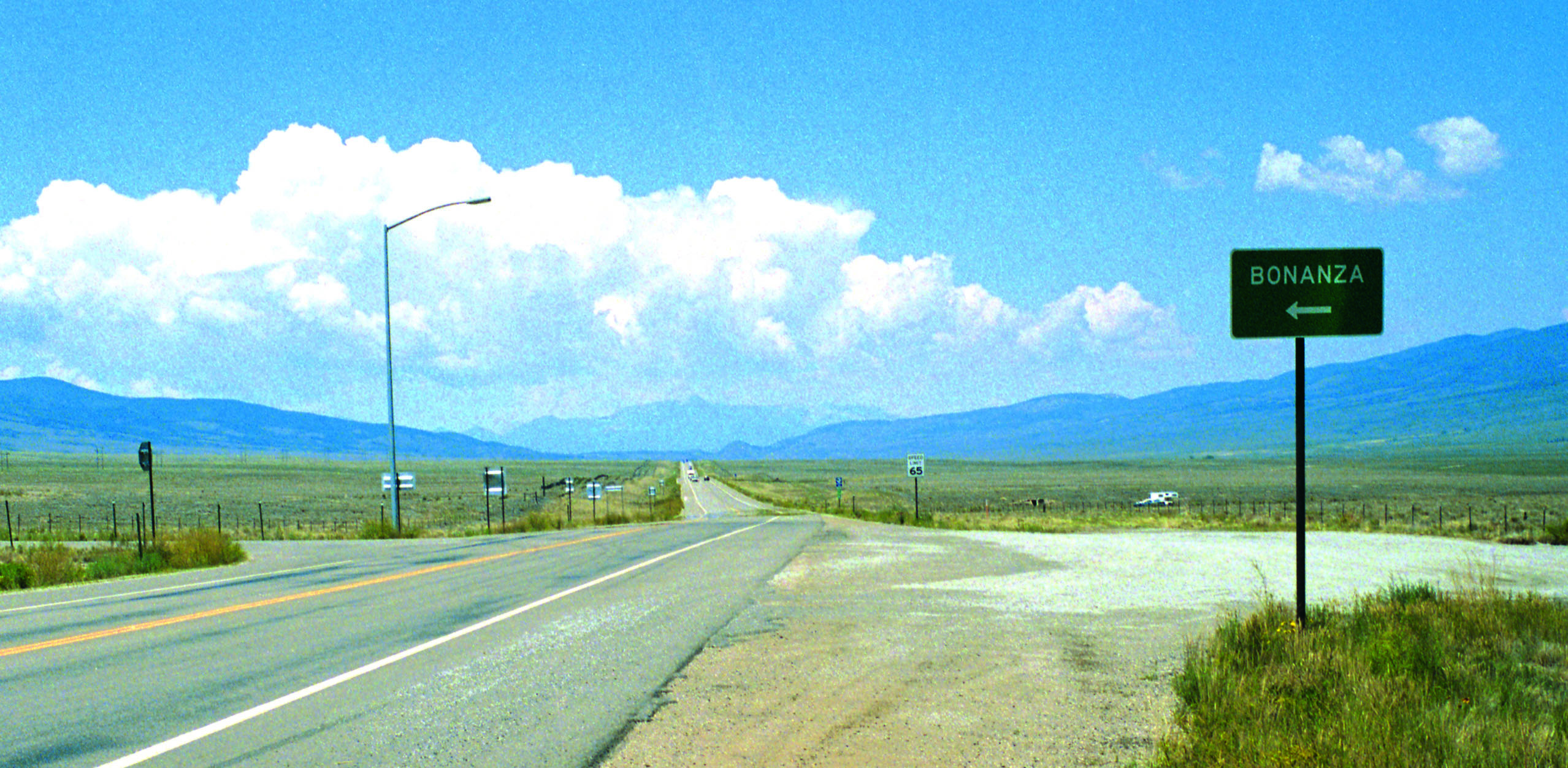Berlin (who come from Belgium, not Germany!) are known to Total Theatre for their previous UK appearance with the complex and intriguing Land’s End, seen at the Brighton Festival 2012 – part large-scale installation, part film, and part live performance. That show investigated the life and crimes of a town that was sited on the border of France and Belgium, with one house dissected into two nationalities.
Bonanza, a far smaller scale work, is another part of what is a trilogy of shows investigating various takes on small-town mentality – shows which have a definite nod in the direction of the work of David Lynch in their eerie dissection of seemingly ‘normal’ people and landscapes. Unlike Land’s End, this piece features no live performers (unless you count the off-stage technician).
The show caused consternation amongst some audience members and critics who saw it as documentary film rather than ‘theatre’, so let’s just settle this by saying that actually it was neither – it was a piece of time-based live art. It is a piece of fixed duration, set in a theatre space, rather than a wander-in-and-out affair. The audience face a stage dressed with five screens squared up to five projectors and, set on a tilted platform above them, a model village of little wood cabins lit by twinkling lights.
This village – nay, town – is Bonanza, Colorado. Population: seven permanent residents who live in five houses (so one screen per household, lined up under the model of their house) plus there’s a few people who own summer houses, making a voting population of 14. It’s an extraordinary piece of work that (like Land’s End) investigates the weirdness beneath the surface of everyday life. It has resonances with Von Trier’s Dogville, although nothing quite as terrible happens here.
Nevertheless, Bonanza turns out to be a place filled with political and personal intrigue; a microcosm of how the world works. At the beginning, everything is hunky dory. We meet our residents, depicted on screen – sometimes one screen per house or tracking one person’s journey outside; sometimes all screens showing the same image; then again, a Google Earth zoom in from afar; or a still image of a desolate but beautiful landscape. At least, an image that is seemingly still: in one beautifully framed and held shot, a man and a dog are standing stock still in front of a copse of trees, and we suddenly notice that it isn’t a still, the dog’s tail is moving ever so slightly.
‘Don’t believe anything you hear and only half that you hear’ flashes up onscreen as a warning – what seems to be a simple story of simple country folk grows ever more complex and intriguing. Bird-watching, morning walks (‘I never wear a watch – it’s either sun up or sun down’), and Sunday prayers giving way to witchcraft rivalry (‘she works more on the astral plane than me’), vicious feuds with neighbouring town Pueblo, consorting with elves, cabin fever, illness, divorce, and political intrigue at the town board meeting at the Bonanza Fire House (we aren’t allowed in: the five screens show the same image of a shuttered door with murmurings behind it).
Paradise lost or hell on earth? The jury is out. A beautiful, haunting and troubling piece of work.
Bonanza won a Total Theatre Award 2013 for Innovation, Experimentation and Playing with Form.

